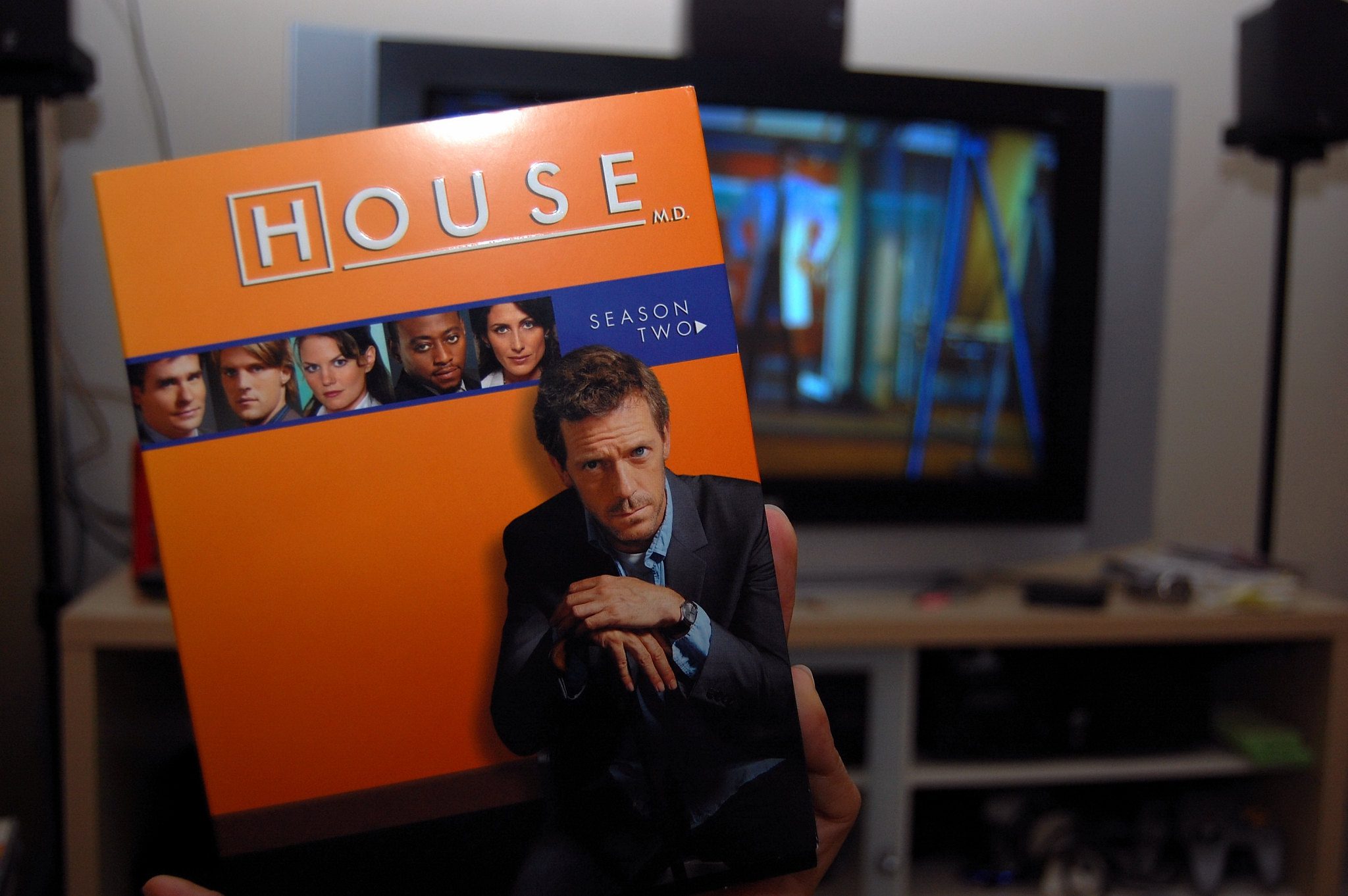Gulmira Derbissalina
Nur-Sultan city, Kazakhstan
 |
| “House M.D.” by showbiz kids is licensed under CC BY-NC 2.0 |
Medically themed television series are popular among future doctors. Students and trainees can imagine their future work, including the clinical setting, relationships with colleagues and superiors, communication with patients and their relatives, and consultations and advice from senior doctors. I use medical series with my students as a way to discuss critical thinking, demonstrate the process of forming a differential diagnosis, and plan the design of clinical research studies in accordance with the principles of evidence-based medicine and ethical guidelines.
During a course on research management, we watch excerpts from the popular series House to discuss the methodology of a double-blind randomized trial. One of the main characters, Dr. Foreman, is involved in a research study and does not know what treatment his patients are receiving. The study leader explains the principles of double anonymity and the rules of patient selection for a study of Huntington’s chorea. Both Dr. Foreman and his girlfriend, a colleague who has Huntington’s chorea herself, believe that she is in the experimental group because her symptoms are improving. We use this storyline with students to analyze the issues of placebo effect and Hawthorne effect in clinical trials. In another episode, Dr. Foreman accidentally finds out that she was receiving the placebo and he is forced to turn to the ethics committee, which withdraws him as a researcher. Stories in this series allow us to discuss the design of double-blind randomized trials, adherence to the principles of blinding research participants, and the ethics of such studies.
In another famous television series, Grey’s Anatomy, the main characters are resident doctors who are engaged in clinical work and research trials. The series demonstrates the challenging workload of doctors in training, how to search for valid scientific information, consultation with senior colleagues, and the importance of good articles in peer-reviewed journals to share knowledge. Our students learn how to take a patient history, pay attention to small complaints and symptoms, and engage in dialogue with relatives or caregivers. Some other medical series focus on the work of doctors in certain specialties, such as the American ER about emergency medicine doctors, or the British Bodies about obstetricians. These series help medical students to feel more confident in choosing a specialty.
 |
| “Grey’s Anatomy Season 1” by godchased is licensed under CC BY-NC-SA 2.0 |
A separate topic of its own importance is how to talk to patients and families about a serious diagnosis, complication, or death. We witness the doctor preparing for such challenging conversations and the patient’s verbal and non-verbal response. These scenes pose important questions for discussion with learners. How do you deliver sad news with empathy and also avoid burnout? How do you inform the proper authorities about the incompetent actions of a colleague and still remain a friend to that person? How do you ask a grieving family member for consent for organ donation when the loss is still acute and not fully realized? Medical series help students pay attention to communication between doctors and with patients, the hierarchical differences between luminaries and novices, and the culture of consultation and collegiality.
Such series also demonstrate the diverse nature of medical care, such as how to help an immigrant with clinical and social problems at the same time, or a patient who does not want to wait for his turn for a transplant, an elderly person with dementia, or a child with a rare congenital pathology. No single doctor, even the most experienced among us, could cover the wide variety of clinical situations that a novice doctor may face. Analyzing situations in medical series can broaden this experience, help students reflect on various topics and problems, encourage critical thinking, demonstrate empathy for patients and right relationships with colleagues, and add skills to help avoid professional burnout.
GULMIRA DERBISSALINA, MD, PhD, is the Head of the General Practice Department of Astana Medical University, Kazakhstan. She has extensive experience in clinical practice, teaching, and research in the field of primary health care, various sections of internal diseases, and pedagogy in medical education. She is constantly engaged in self-development and introduces innovations in the educational process.

Leave a Reply